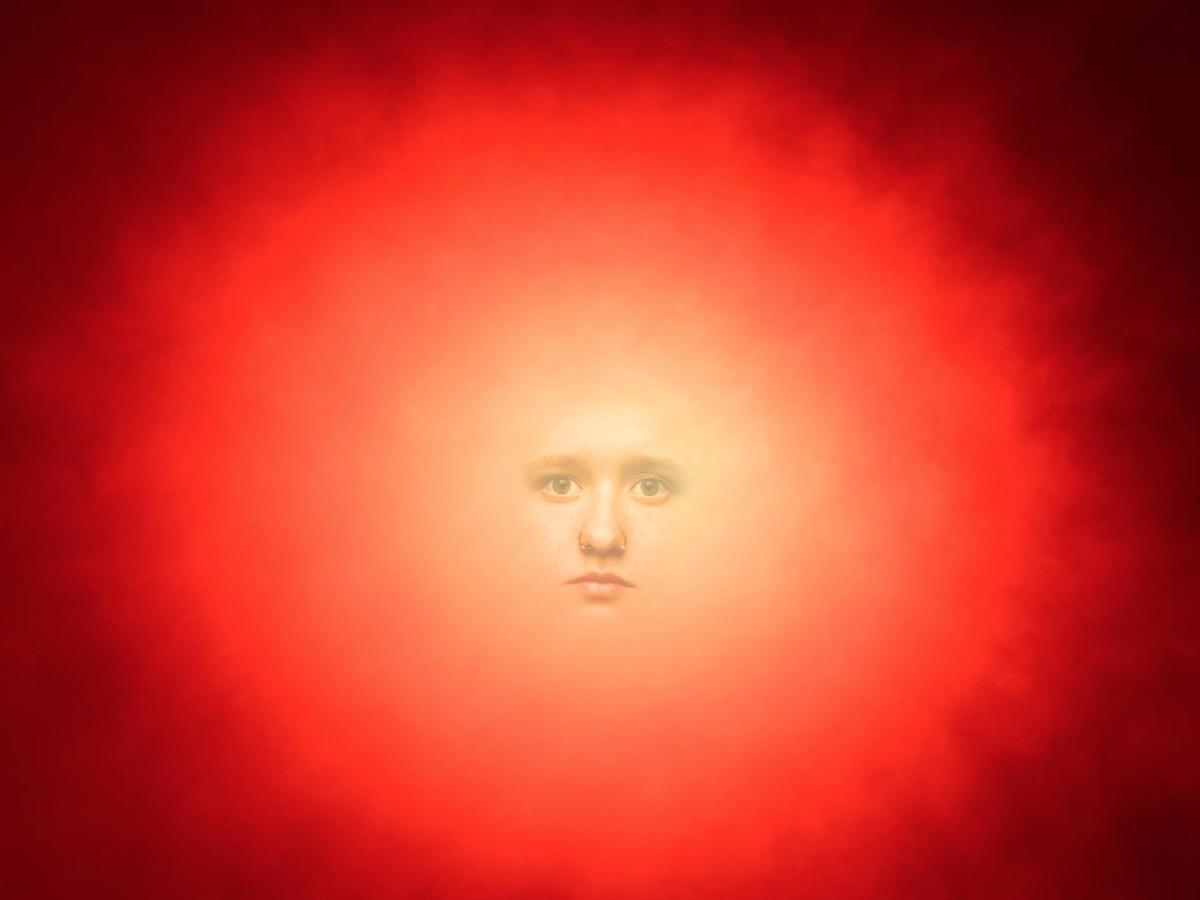India Kenning, bachelor of creative (visual arts) graduate. Image supplied.
Being able to walk away with a tertiary qualification midway through a course is a practicality many students dream of, especially when their circumstances change.
Through its Bachelor of Creative Arts (Visual Arts), TAFE SA, in partnership with Flinders University, offers students the flexibility of gaining a qualification after each year of the course is completed.
Greg Ackland, Principal Lecturer – Visual Art at TAFE SA, said the BA has been designed with flexibility in mind.
‘People are chopping and changing careers and they’re wanting to travel and different ideas come up and life comes up,’ Ackland said. ‘So this BA is a way of doing a qualification where, if your situation changes, you’re not left saying, “Oh, I’ve completed two years of a degree but I’ve got nothing to show for it.”
‘It’s a qualification that has recognised exit points. That is pretty rare. At the end of Year 1 a student could leave with a Diploma of Visual Art. At the end of Year 2 they could leave with an Advanced Diploma of Visual Art, and if they complete Year 3, they have a BA of Creative Arts with a visual arts focus.’
Learn more about the Bachelor of Creative Arts (Visual Arts)
In addition to offering a practical skillset in areas such as ceramics, jewellery, painting, photography, printmaking and sculpture, the BA also offers something which Ackland deems essential for career progression.
‘Studying creativity – it’s a skill that is absolutely required now and for future industries,’ Ackland said.
‘The ideas that get thrown around about innovation and entrepreneurship live within the Science, Technology, Engineering, and Maths space, and we feel that one of the vital pieces that’s missing is the creativity that comes from the humanities direction; learning to deal with ambiguity, being curious and questioning everything – combining the old and new. These are the types of skills that people need to develop to be able to continue to innovate and unpack technology in new ways.’
Students who have graduated from the Bachelor of Creative Arts (Visual Arts) work in a wide variety of creative disciplines, ranging from running micro businesses on sites such as Etsy and Bowerbird, to teaching art and having a professional studio practice.
Ackland said anyone who wants to expand their creative skillset is open to apply for the BA of Creative Arts and, unlike other courses, TAFE SA does not require an arts folio.
‘Everyone deserves a chance to see what kind of creativity they can unlock,’ Ackland said. ‘For most of us, it’s kind of beaten out of us through school and if we were only looking at people who had portfolios, then we’re missing more than half the market, as well as people who will have an enriched life through finding a creative outlet and their study.
If we say, “we will only take people who have a portfolio which is ‘this good’”, well, you’re missing out on a whole bunch of people who potentially might unlock something we’ve never seen before; something that may not be what the flavour of the day is, and for us it’s really important not to dismiss anyone from that opportunity.’
Visit tafesa.edu.au to learn more about TAFE SA and Flinders University’s Bachelor of Creative Arts (Visual Arts).





